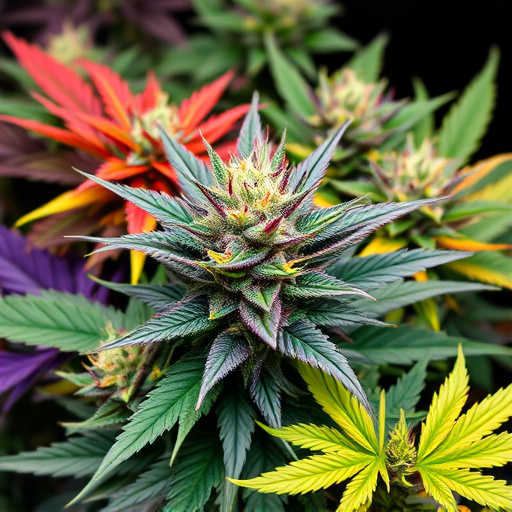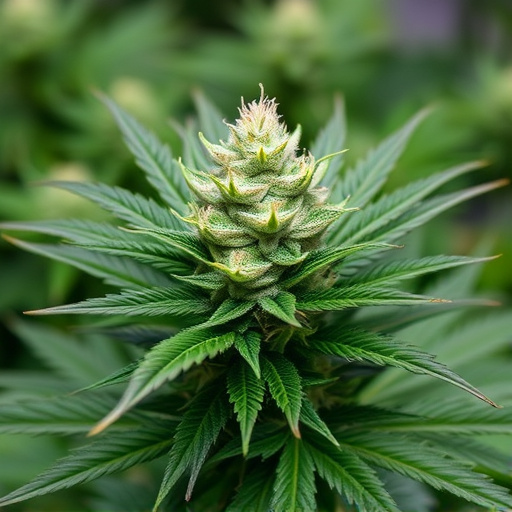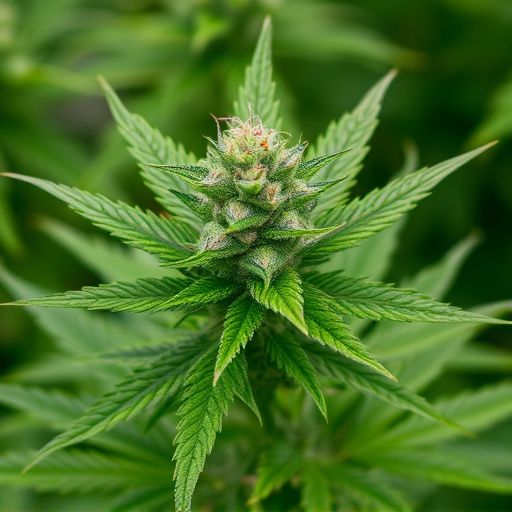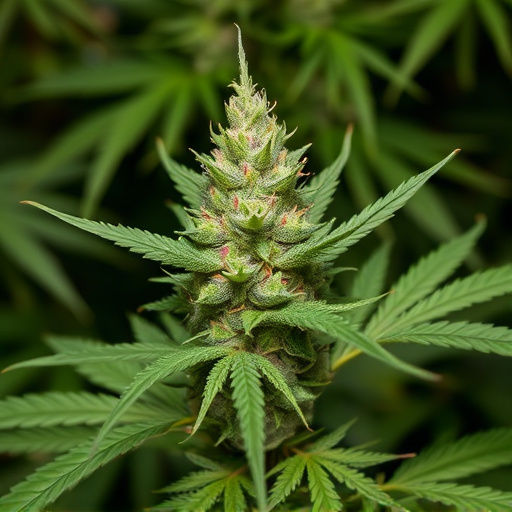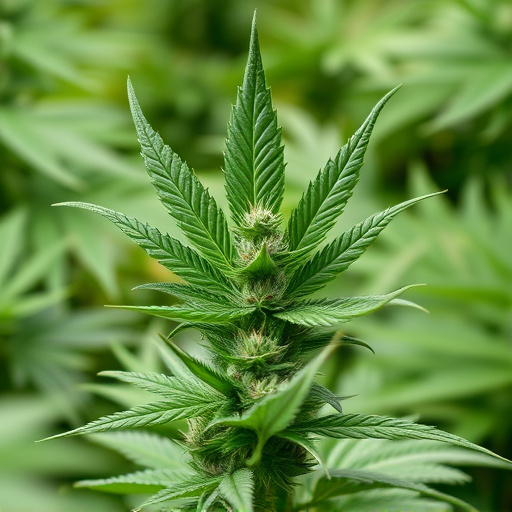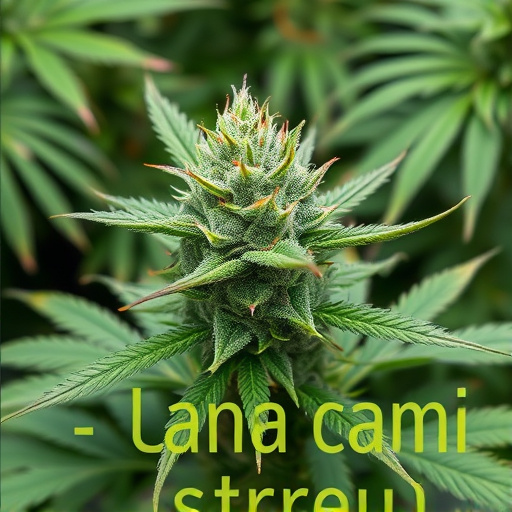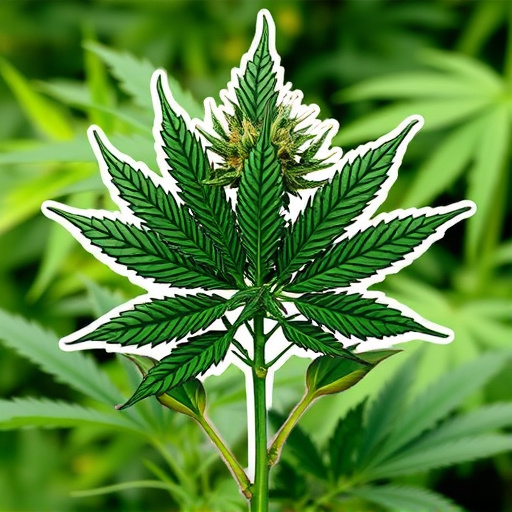Vaporization, or vaporing, uses specialized devices to heat cannabis to specific temperatures, releasing beneficial compounds without combustion. Optimal temperature varies by strain due to terpene compositions like myrcene and limonene, impacting flavor and effects. Sativa strains require warmer temps (193-213°C) for higher THC release, Indica strains prefer cooler settings (171-191°C), and hybrids fall in between (182-196°C). Experimenting with these temperatures allows users to customize their vaping experience while preserving terpenes.
“Uncover the science behind vaporizing weed and its myriad benefits for a healthier, more controlled consumption experience. This guide explores optimal vaporizing temperatures tailored to the unique characteristics of various original strains of cannabis. By understanding temperature’s impact on cannabinoids and terpenes, users can personalize their sessions for peak flavor, aroma, and therapeutic effects. Discover the ideal settings to unlock a new level of enjoyment from your favorite strains.”
- Understanding Vaporization and Its Benefits for Weed Consumption
- Factors Influencing Optimal Vaporizing Temperatures
- Exploring Temperature Settings for Different Original Strains of Cannabis
Understanding Vaporization and Its Benefits for Weed Consumption
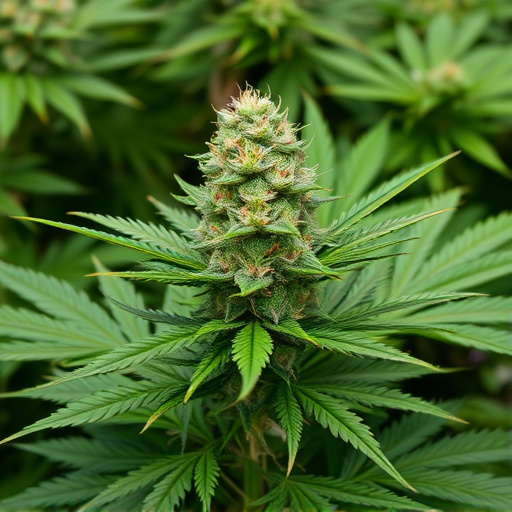
Vaporization, or vaporing, is a popular method of consuming cannabis that involves heating the herb to specific temperatures using a vaporizer device. This process releases volatile compounds and terpenes from the plant material, creating a smooth and flavorful experience. Unlike traditional smoking, vaporizing doesn’t involve combustion, which significantly reduces the production of harmful byproducts like tar and carbon monoxide. As a result, it’s considered a healthier alternative for cannabis enthusiasts who want to enjoy the therapeutic benefits of original strains of cannabis without the potential negative effects associated with burning.
One of the key advantages of vaporization is its precision. By controlling the temperature, users can extract specific compounds known for their unique effects and aromas. Different cannabinoids, such as THC and CBD, have optimal vaporization temperatures ranging from 157°C to 230°C (315°F to 446°F). Terpenes, responsible for the plant’s distinct flavors and potential therapeutic properties, also evaporate at specific temperature points. This allows cannabis consumers to customize their experience, maximizing the benefits of various original strains of cannabis based on personal preferences and desired effects.
Factors Influencing Optimal Vaporizing Temperatures
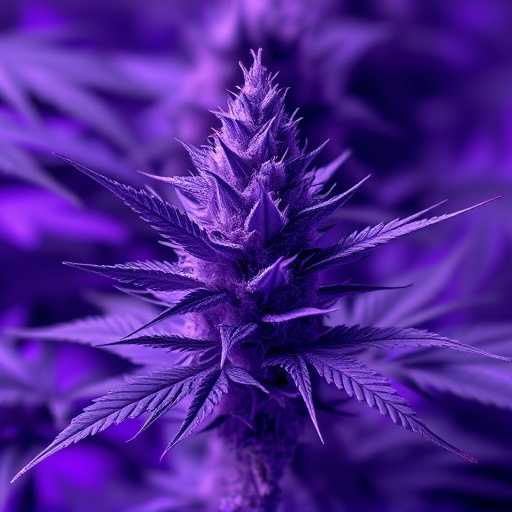
The optimal vaporizing temperature for weed can vary greatly depending on several factors, including the specific original strains of cannabis and their unique chemical profiles. Terpenes, which are aromatic compounds in cannabis, evaporate at distinct temperatures, affecting both flavor and potential therapeutic effects. For example, myrcene, a common terpene known for its earthy aroma, begins to vaporize around 165°F (74°C), while limonene, with its citrusy notes, has a lower boiling point of approximately 328°F (164°C).
Additionally, the desired effect sought by the user plays a role. For a more energetic high, higher temperatures might be preferred as they release a broader range of terpenes and cannabinoids. However, for a relaxing experience, lower temps preserve more terpenes, offering a subtler yet potentially more calming effect. Users often experiment with temperature ranges to tailor their cannabis experience based on personal preferences and the specific strain’s characteristics.
Exploring Temperature Settings for Different Original Strains of Cannabis
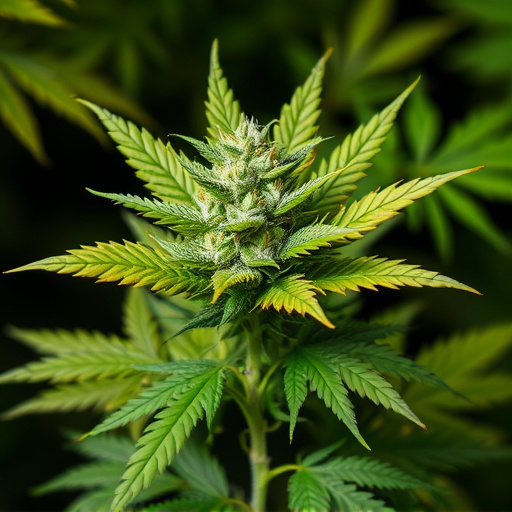
When exploring optimal vaporizing temperatures for weed, understanding the unique characteristics of different original strains of cannabis is paramount. Each strain boasts its own distinct chemical profile, with varying concentrations of cannabinoids like THC and CBD, as well as terpene profiles that influence flavor and aroma. As a result, ideal vaporization temperatures can differ significantly between strains. For example, Sativa strains, known for their invigorating effects and higher THC content, may require slightly warmer temperatures around 380-415°F (193-213°C) to release their full potential. In contrast, Indica strains, renowned for their relaxing and sedative properties, often thrive at cooler settings between 340-375°F (171-191°C), allowing for a smoother, more calming experience.
Moreover, hybrid strains, which combine characteristics from both Sativa and Indica, may offer a middle ground, with recommended temperatures ranging from 360-385°F (182-196°C). Experimenting with different temperature settings allows users to tailor their vaping experience according to personal preference. Higher temperatures can enhance the intensity of effects and flavors, while lower settings preserve more terpenes, contributing to a more nuanced and aromatic experience. Thus, understanding the specific needs of various original strains of cannabis is key to unlocking the full benefits of vaporization.
In conclusion, optimal vaporizing temperatures for weed vary based on individual preferences and specific original strains of cannabis. Understanding how temperature affects taste, potency, and terpene release is key to customizing your vaping experience. By exploring different settings, you can unlock the full potential of each strain, enjoying a clean, flavorful, and effective consumption method that offers numerous benefits over traditional smoking methods.

